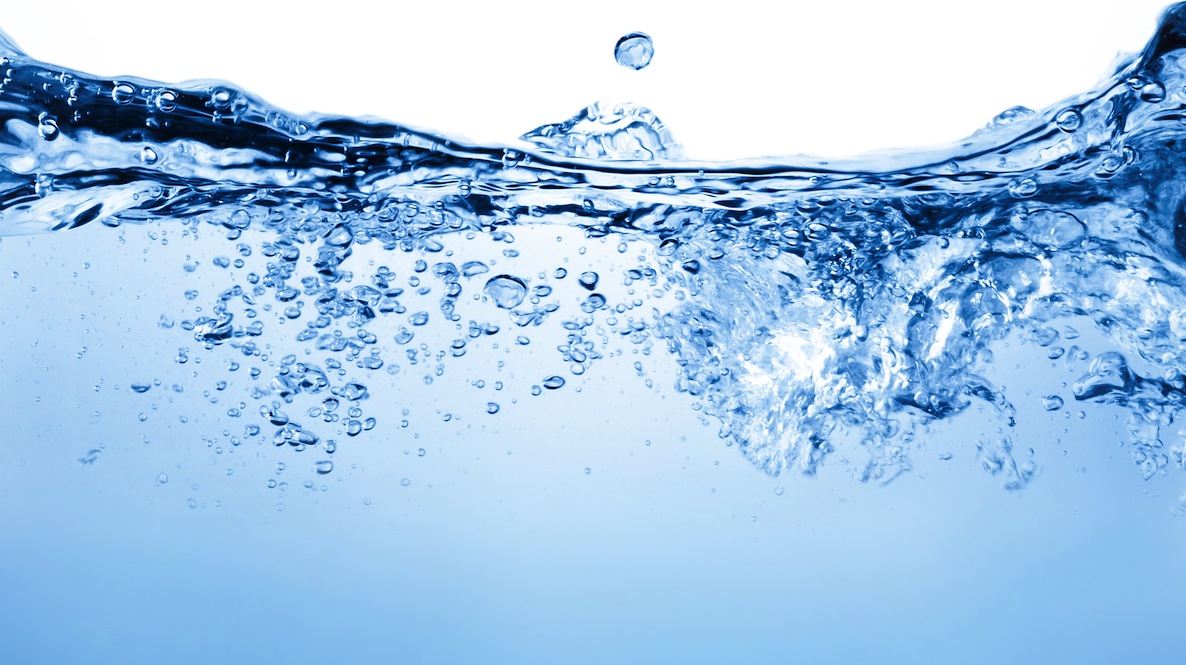The Local newsletter is your free, daily guide to life in Colorado. For locals, by locals.
With last month’s record-breaking rain and destructive flooding, one thing Colorado doesn’t have a shortage of—for once—is water. Some of September’s rainfall will end up in 1.3 million mouths across the Denver metro area. Almost all of the city’s water comes from sources like rivers and reservoirs, fed by (you guessed it) Rocky Mountain rain and snowmelt.
All that excess runoff got me wondering: Where does the rest of the city’s water come from, and what does it pick up along the way? Denver’s water comes from twelve major reservoirs, flows through more than 3,000 miles of pipeline, stops at 23 pump stations, and is processed at four treatment plants, just to make it to our city’s households, restaurants, and various industries.

Below is the breakdown of what’s in Denver water, after treatment, according to the 2013 Quality Water Report from Denver Water. (You can get the full report here.) Measurements are in parts per billion (ppb), or parts per million (ppm*), and signify an average level over 12 months of testing.
Denver water contains:
34 ppb Aluminum
38 ppb Barium
.61 ppm Fluoride
.13 ppm Nitrate
Below reportable levels: Carbon Tetrachloride, Manganese, Uranium, and Cyanide
A total of 189 ppm dissolved solids
*Parts per million literally means one part, per million parts of water. PPM is a common scientific measure of “insignificant” or “minute” amounts of pollutants and/or chemicals in water. PPM can also be shown as 0.000001.
—Image courtesy of Shutterstock








